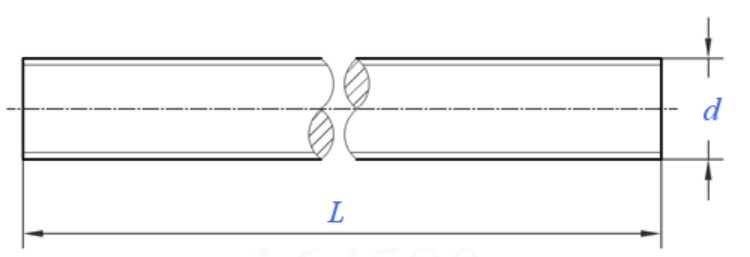Flange Head Bolts Suppliers and Exporters for Global Markets and Industries
Oct . 02, 2024 22:22 Back to list
Flange Head Bolts Suppliers and Exporters for Global Markets and Industries
The Export Landscape of Flange Head Bolts Opportunities and Challenges
Flange head bolts are essential components in various industries, including automotive, construction, and machinery manufacturing. They are designed to provide strong and reliable connections between different parts, ensuring structural integrity and safety. With the ongoing globalization of markets, the export of flange head bolts has gained significant traction, driven by rising demand from international markets. This article explores the landscape of flange head bolt exporters, highlighting the opportunities and challenges they face.
Understanding Flange Head Bolts
Flange head bolts are characterized by their unique design, which includes a wider head that forms a flange around the shaft. This design provides a larger bearing surface, distributing the load more evenly and reducing the risk of failure in high-stress environments. They are often manufactured from high-strength materials such as carbon steel, stainless steel, and alloy steel, making them suitable for various applications where durability is crucial.
Current Market Trends
The global market for flange head bolts is witnessing substantial growth due to several trends. Firstly, the construction industry is booming, especially in emerging economies where infrastructure development is a priority. As new projects arise, the demand for robust fastening solutions like flange head bolts increases. Secondly, the automotive industry is evolving towards lightweight and fuel-efficient vehicles. Flange head bolts play a critical role in assembling these vehicles, further driving exports.
Moreover, the push for renewable energy has led to an increase in the production of wind turbines, solar panels, and other green technologies that require robust fastening solutions. This shift presents a unique opportunity for flange head bolt exporters to cater to this burgeoning market.
Key Exporting Regions
Several countries have established themselves as notable exporters of flange head bolts. China remains the largest producer and exporter, leveraging its vast manufacturing capabilities and cost advantages. Other significant players include India, Germany, and the United States, each known for their high-quality standards and technological advancements in manufacturing.
These countries not only supply local markets but also export to regions like North America, Europe, and the Asia-Pacific. The demand in these areas is driven by stringent quality standards, making it imperative for exporters to maintain high production standards to comply with international regulations.
flange head bolts exporters

Challenges in the Export Market
Despite the promising prospects, flange head bolt exporters encounter several challenges. One of the primary obstacles is the increasing competition from domestic manufacturers in importing countries. As local industries ramp up their production capabilities, they pose a threat to foreign exporters.
Additionally, fluctuating material costs, particularly due to geopolitical tensions or supply chain disruptions, can impact profitability. Exporters must find ways to manage these costs effectively to remain competitive in the market.
Another significant concern is compliance with international standards and regulations. Various regions have different requirements regarding material specifications, quality control processes, and environmental regulations. Navigating these complexities can be resource-intensive and requires an in-depth understanding of the target markets.
Strategies for Success
To thrive in the competitive landscape, flange head bolt exporters should adopt several strategies. First, investing in quality control and certification can enhance credibility and open doors to new markets. Establishing partnerships with local distributors and manufacturers can also be beneficial, allowing exporters to better understand market demands and preferences.
Moreover, leveraging technology in production and logistics can improve efficiencies and reduce costs, making shipments more timely and reliable. Finally, attending international trade fairs and exhibitions can provide valuable networking opportunities and insights into emerging market trends.
Conclusion
The export of flange head bolts is a dynamic arena promising significant opportunities alongside notable challenges. By understanding market demands, maintaining quality standards, and adapting to changing conditions, exporters can navigate this landscape effectively, ensuring growth and sustainability in their operations. As industries continue to evolve, the importance of flange head bolts will undoubtedly remain, and those who adapt to the market's needs will thrive in the competitive export environment.
Latest news
-
High-Quality Panel Stud Bolt Reliable Panel Stud Bolt Factory & Suppliers
NewsJul.08,2025
-
High-Precision Fine Thread Locknuts Manufacturer & Supplier Custom Solutions
NewsJul.08,2025
-
PH Imperial Stud Bolt – High Strength Fasteners from Leading Supplier & Factory
NewsJul.07,2025
-
High-Quality Allen Wrench Bolts Leading Factory, Company & Suppliers
NewsJul.07,2025
-
Wholesale Ball Stud Bolt - High Quality Supplier & Factory Price Reliable Wholesale Ball Stud Bolt Company
NewsJul.06,2025
-
High-Strength Alloy Bolts Manufacturer & Supplier Quality Alloy Fasteners Factory
NewsJul.06,2025
